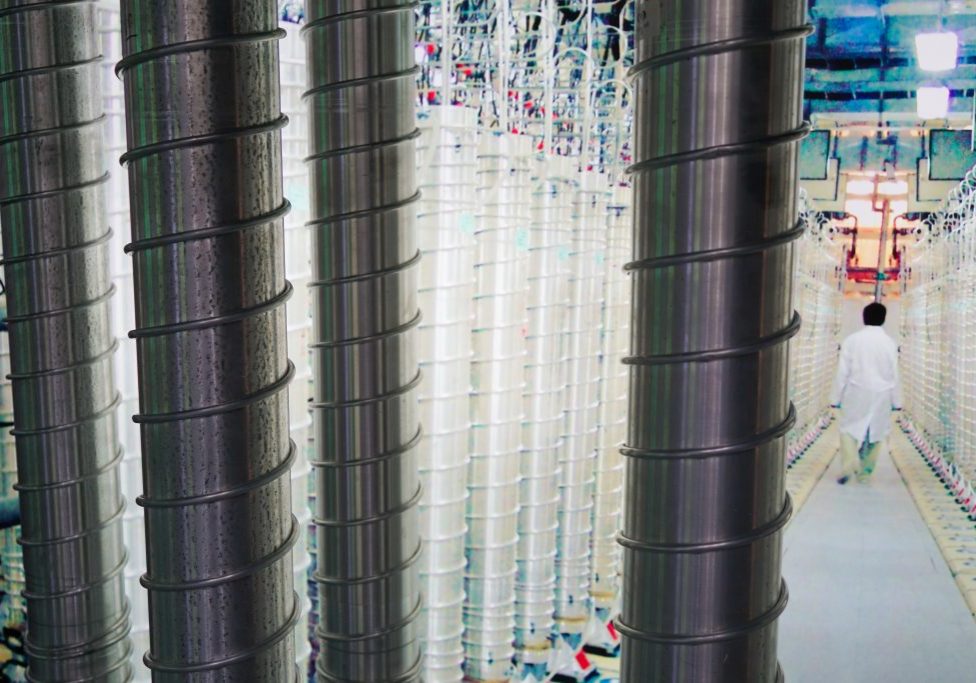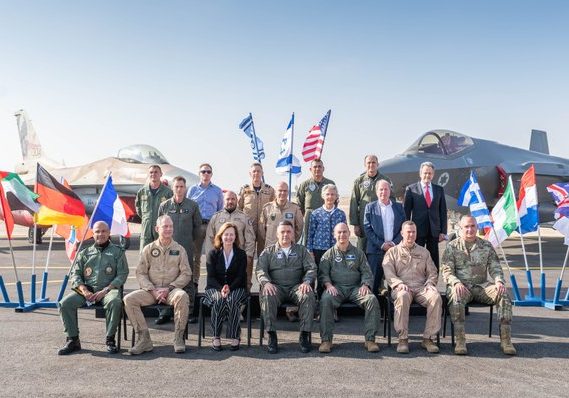Australia/Israel Review
Editorial: Last Chance
Aug 1, 2007 | Colin Rubenstein
Colin Rubenstein
Time is fast running out to avoid a terrible dilemma with respect to Iran’s nuclear weapons program. In a few months to perhaps two years time the world will be left with only two terrible options – the Scylla of a nuclear armed Iran and the Charybdis of military action to delay this outcome.
According to the International Atomic Energy Agency, Iran was expected to have approximately 3,000 centrifuges enriching uranium by the end of July. That is enough, in principle, to create the fissionable core of one nuclear device a year.
To provide a sense of the scale of its terrifying ambitions, Iran has said its next aim is to scale up to 54,000 centrifuges.
There is not space here to detail the many arguments against allowing the Iranians to succeed in their illegal quest for nuclear weapons. However, they include the likelihood of even more aggressive behaviour from a revolutionary regime already the chief source of regional instability; almost certain regional nuclear proliferation in reaction, including the serious risk of weapons of mass destruction spreading to Iran’s many terrorist clients; the danger that the more fanatical elements in the regime may actually trigger a nuclear war in an effort to fulfil religious imperatives; and finally the likely collapse of the Nuclear Non-Proliferation Treaty.
Yet airstrikes on Iranian nuclear sites would also be an undesirable last resort. Their effectiveness is unclear, and they would be likely to elicit massive retaliation by Iran’s terrorist allies, win Iran international sympathy, and might cause Iranians, who currently overwhemingly oppose their regime, to rally round the flag.
Obviously, all non-violent coercive measures should be tried to avoid such an invidious choice. Years of diplomacy alone have failed – Iran simply manipulated talks to buy time to continue its nuclear work. And while there are signs that many in Teheran were concerned after two rounds of largely symbolic sanctions imposed by the UN Security Council since December 2006, the actual pace of the Iranian nuclear drive did not slacken. However, significant sanctions might lead to real change.
Polls show that Iranians do not support their regime, and overwhelmingly would be happy to trade the nuclear weapons program for aid and trade relations with the West.
The unelected mullahs who exercise the real power in Teheran ignore public opinion. However, the key to capitalising on popular discontent is targeting investment in energy industries, the source of 70% of government revenue. Iran is failing in efforts to contract for sufficient investment in the oil industry to even maintain current production, despite huge reserves. According to a recent peer-reviewed analysis done for the US National Academy of Science by Johns Hopkins University academic Roger Stern, on current trendlines, Iranian oil exports should decline 10% to 12% annually and cease by 2015.
Moreover, Iran is forced to import 40% of its petrol due to its archaic infrastructure. Yet the recent introduction of petrol rationing led to riots.
The regime is particularly vulnerable to economic sanctions because of Iranian President Mahmoud Ahmadinejad’s profligate economic policies, recently condemned in a report by 50 leading Iranian economists.
And yet Iran last month reportedly found a spare US$1 billion to give to the Syrians for its weapons procurement program, lest the latter seriously contemplate Israeli peace overtures and get caught in the American orbit.
The closeness of the Iran and Syria partnership and its implication in the nuclear scenario should not be underestimated. Like two pincers, the partners squeeze Iraq between them; fund Hezbollah and other terrorist groups to harry Israel and prevent real Lebanese independence, and offer safe haven and support for the leaders of Hezbollah, Hamas and possibly even al-Qaeda. The association of such a chain of links with nuclear material is self-evidently worrying.
Ideally, the UN Security Council, which is currently considering additional sanctions, should institute prohibitions targeting both energy investment and eventually, refined energy exports to Iran, until Iran meets legally binding Security Council demands that all uranium enrichment be halted. This may not happen because of Russian and Chinese objections rooted in economic self-interest. But even if the Security Council cannot agree, hope exists.
A series of unofficial sanctions, led by the US and assisted by a number of US allies, are already biting, and partly account for the fall in Iranian energy investment in recent years. America’s 2006 Iran Freedom Sanctions Acts (ISA) would impose sanctions against any foreign company investing more than US$20 million annually in the Iranian oil and natural gas sectors. Reports make it clear that US pressure on banks and other financial institutions has throttled Iranian access to global capital markets and financial services.
Given Iranian vulnerabilities, this should eventually induce either behavioural or regime change. The question is whether it will work in time, given the recent acceleration of the Iranian nuclear timetable.
Australia has a part to play. A few Australian companies have been for some time negotiating various natural gas and pipeline deals in Iran. They are likely to face US sanctions under ISA, and our government should inform them it won’t help if they pursue these Iranian projects before the nuclear issue is satisfactorily resolved. Australia should make it a foreign policy priority to persuade our regional neighbours and other allies to back tough Security Council sanctions against Iran.
The time is late. No serious observer can want either a nuclear Iran or military strikes to prevent this outcome. But unless we act very soon to seriously exploit Iran’s energy sector vulnerabilities, these are exactly the depressing options we face.
![]()
Tags: International Security






